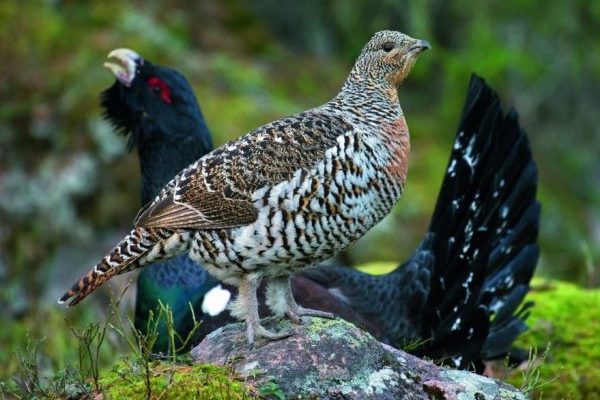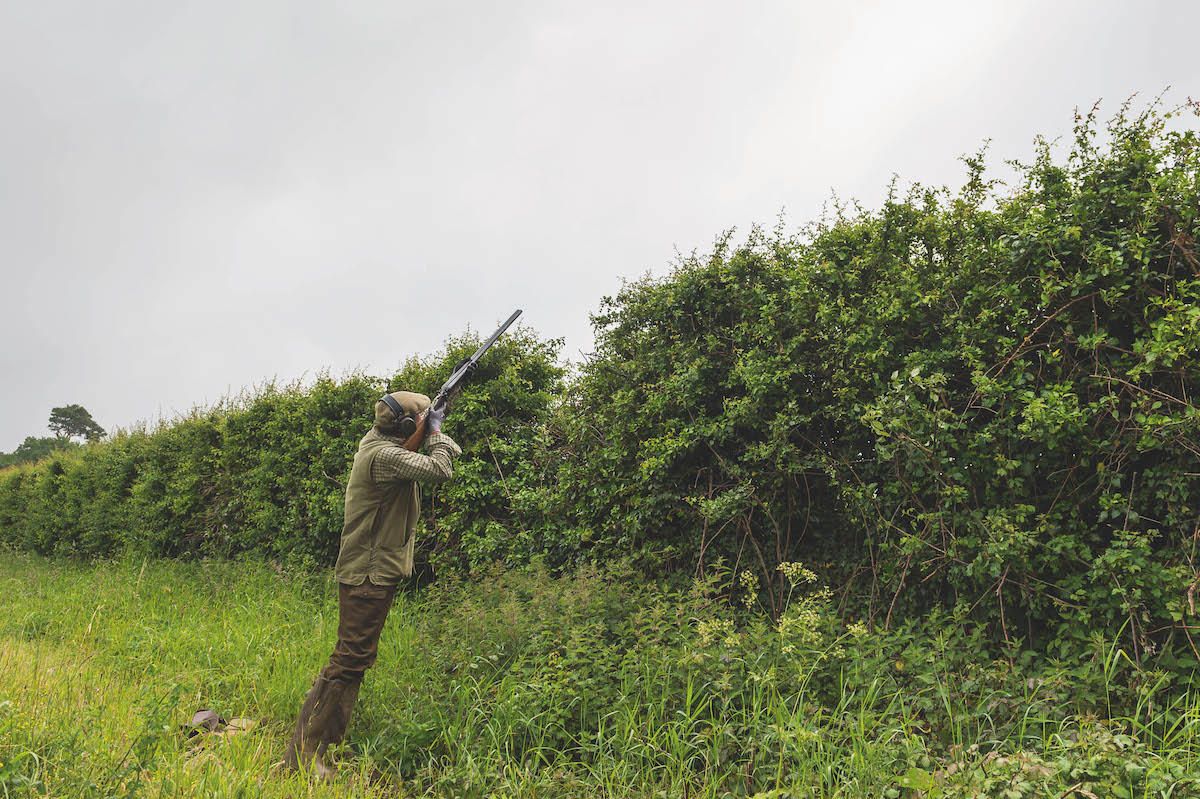The problem with political intervention in wildlife management
Political intervention in matters of wildlife management rarely ends well and the ever-increasing protection of predators is a case in point, argues former NGO chairman and retired gamekeeper Lindsay Waddell

Politicians should really keep well away from matters when it comes to wildlife management, for the simple reason that very few, if any of them, know enough about it to make the correct decisions. To compound matters, when a ruling party has to rely on another party with only a few members, it gives those few members an undue influence on the day-to-day running of the country. That is exactly what we have in Scotland with the Greens and the SNP.
We have, on the one hand, many species of ground-nesting birds declining at an alarming rate. On the other hand, we have the Government removing the gamekeeper’s tools — essential to protect those very birds — while there’s wringing of hands about the losses. It is a shambles and, sadly, one that is going to continue as those in politics who don’t like shooting for sport grind their individual axes against it.
It’s been known for years what the problems were with the capercaillie. You cannot lie about nest cameras that show what has been predating the hens and the clutches of eggs. But then, the pine marten, like the badger, is a likeable rogue whom very few wish to harm. The marten, along with the fox and the crow, will see the capercaillie vanish from Scotland, so what do the SNP do? They make it harder for any control of the perpetrators.
Drop down to Wales and we have exactly the same scenario with the new general licences for the control of corvids, although at least here there is the get-out-of-jail card that allows them to be controlled in the interests of livestock and crop protection and to stop the spread of disease. It would appear that the possible demise of wading birds matters very little. That said, anyone who has a need to control them should have little problem finding good reason in at least one of the aforementioned.
One of the local keepers up here told me he had been asked to cull a ewe the other week after its owner found it stuck on its back when he did his morning rounds — but not before a raven had found it first. ‘Rigged’ sheep are not uncommon when ewes get heavy with the growing lamb or lambs inside them, but it is a desperate end they can meet. This ewe had no eyes and serious damage to its nose — and yet its torturer, the raven, is protected and becoming quite a common sight.
It was only a few years ago, when holidaying in the Borders, that I commented on the unused sheep pens. The farmer simply told me they gave up keeping them as they could not sustain the lambing losses to ravens. And what do you do when the land from which you are trying to make a living can only be used for livestock?
- Why gamekeepers are the best sustainable farmers
- Why keepering is a wonderfully rewarding job from beginning to end
- What makes a good gamekeeper?
Changing habits
Species density is a very moot point when you look at numbers in terms of the history of the bird. When times were rather harder than they are now — and, yes, they were — food in any shape or form was a very valuable resource.
Eggs of many species, including gulls, were collected and eaten — so much so that numbers of some species were counted in hundreds, not hundreds of thousands. Yet if they decline now, as some have done from all-time historical highs, they become amber species, simply because numbers are reducing. No thought seems to be given to the reason.
It may well be that humans have changed their habits. Although they are no longer eating their eggs, they may no longer be providing additional food from open rubbish tips and animal fodder. However, having watched a hill farmer feeding concentrates to sheep the other day, I could see the gulls here were not going without their share








